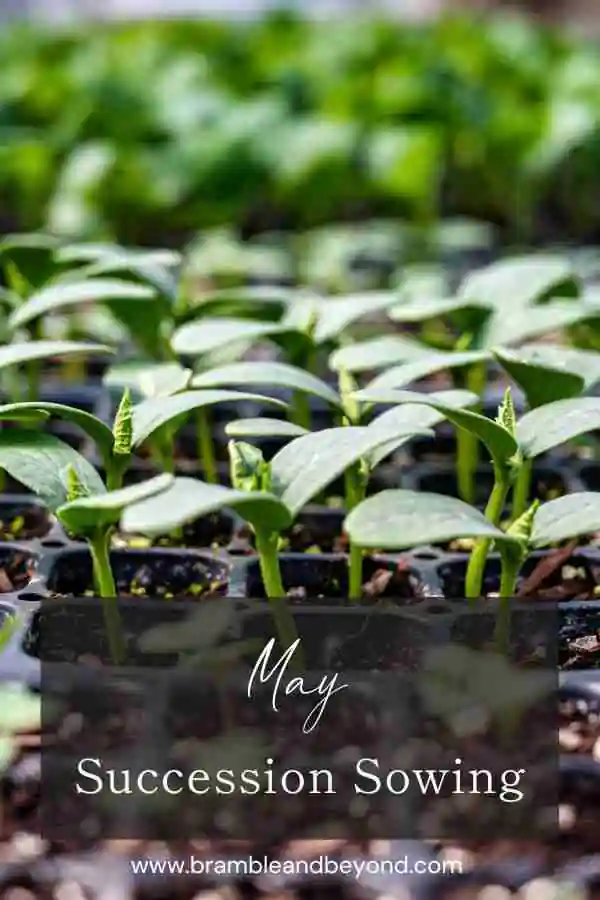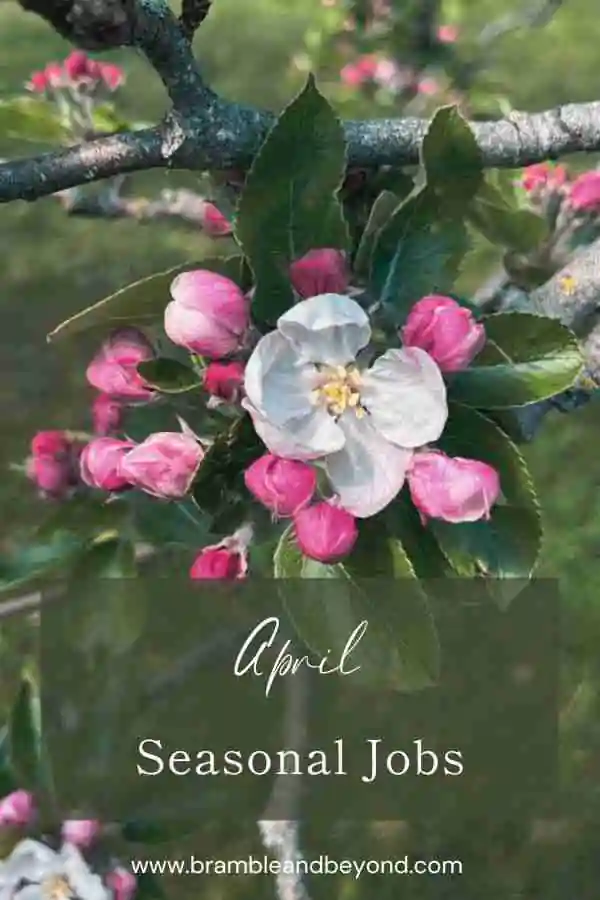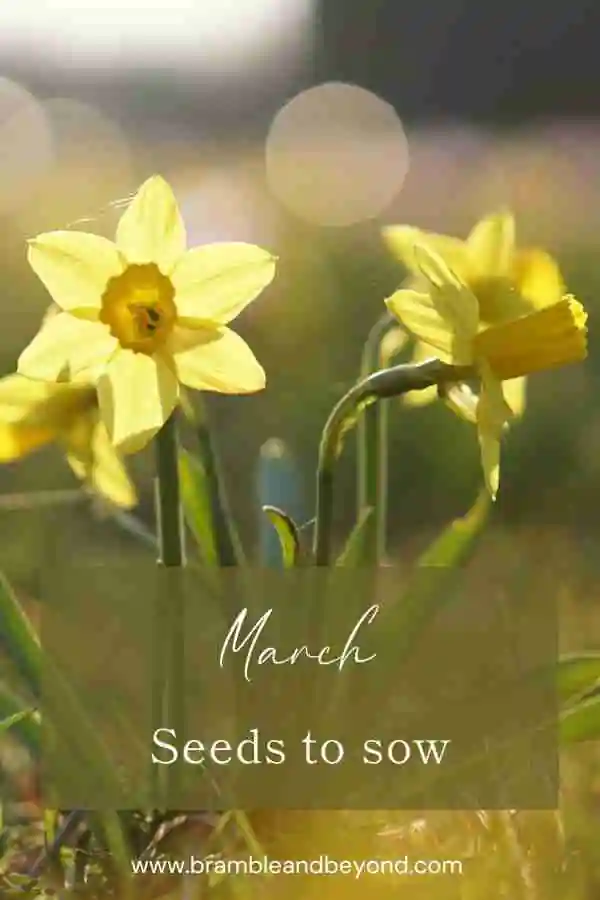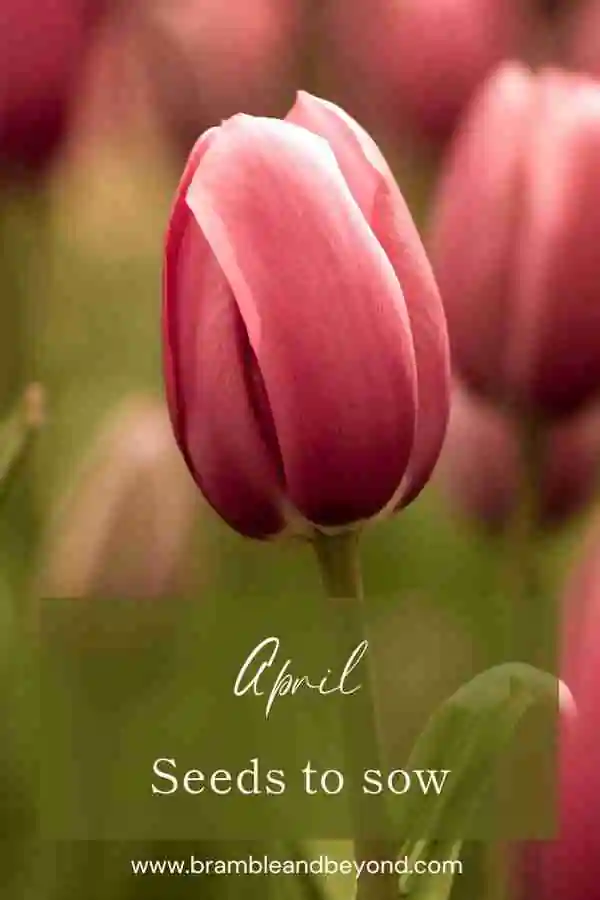Disclosure: This post may contain affiliate links, meaning I get commission if you decide to make a purchase through my links, at no cost to you. Please read my Affiliate Disclosure for more information.
It’s not too late to start your flower garden! May brings long days and frost-free nights, so any seed will be raring to get started right about now.
If you’ve been following my monthly seed-sowing suggestions for February, March, and April, you can continue with those flower seeds to plant in May too.
Instead of repeating myself, here’s a friendly tip: if you want a continuous supply of fresh flowers throughout the season, try giving succession sowing a go.
What is succession sowing?
Succession sowing is a wonderful technique that can help you enjoy your garden for a longer time and ensure a steady supply of crops throughout the entire season.
Unlike traditional sowing, where you plant all the seeds at once, succession sowing involves planting seeds in batches at different times. This can be especially beneficial for a cutting garden because it means you can have fresh flowers all season long. It’s particularly useful if you want to maximise the productivity of your cutting patch.
Most flower seeds can be succession sown. For example, cosmos, sunflowers, ammi majus, and scabiosa are great choices for this technique. However, there are some seeds that might not work as well because they take longer to germinate, bloom late, or flower towards the end of the season. Snapdragons are a good example of this. They can be a bit slow to germinate and establish, so if you want to extend their flowering time, it’s better to sow them in autumn for earlier flowers or in early spring for slightly later blooms.
To ensure a continuous harvest throughout the growing season, it’s recommended to sow new seeds every two to three weeks when succession sowing.
Does succession sowing fit with slow gardening?
Now, some of you might be wondering, how does succession sowing fit in with slow gardening? Well, here’s my take on it. Slow gardening simply means working in harmony with nature to make the most of your garden’s potential instead of fighting against it. With this in mind, I believe that succession sowing aligns perfectly with the principles of slow gardening, and here’s why:
- My succession sowing serves as a backup plan. It means that I always have a set of seedlings ready to go in case my initial sowings fail, for whatever reason.
- If a seed successfully germinates and flowers within the appropriate season, I don’t believe it matters whether it was sown in April or May, or if I sow once or multiple times.
- I have found that succession sowing helps me make the most of my garden’s potential. By spreading out my sowings over a longer period and sowing fewer seeds at a time, I can enjoy a greater variety in my garden, whilst taking up less space.
Ultimately, it’s all about doing what feels right for you. Slow gardening is not about overworking yourself; it’s about appreciating what you can achieve. In my opinion, succession sowing allows you to relax a bit more, take a deep breath, and truly enjoy the season.
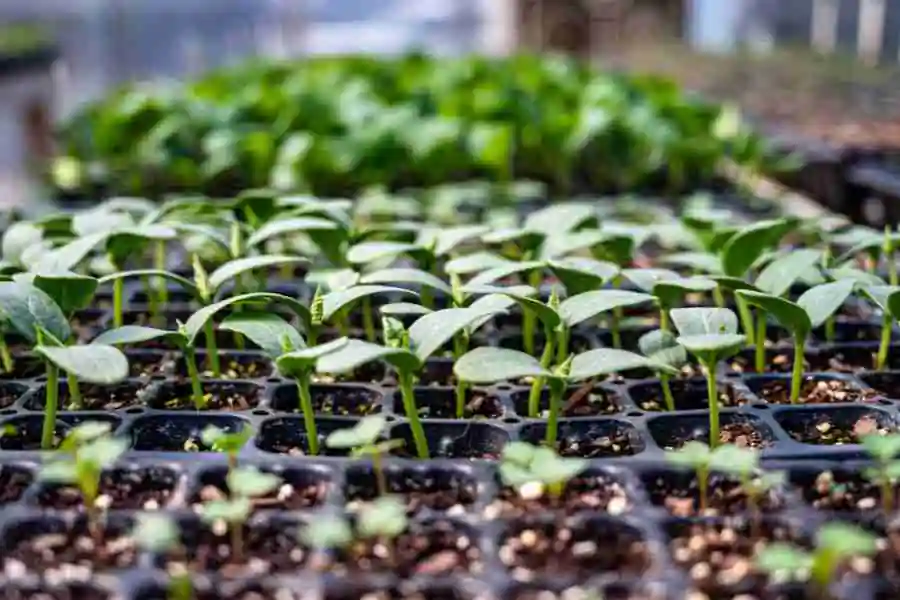
Benefits of succession sowing
One of the great things about succession sowing is that it gives you a longer harvest season. By planting your seeds at different times, you can enjoy fresh flowers for a longer period of time. This means you can have beautiful flowers in your home from your garden throughout the entire season.
Another fantastic benefit of succession sowing is that it lowers the risk of crop failure. If you plant all your seeds at once and a pest or disease affects your plants, you could lose your entire crop. However, by planting in batches, you decrease the chances of losing everything at once. If one batch fails, you still have other batches that might be successful.
Lastly, succession sowing allows you to have more variety in your garden. By planting smaller amounts of different crops at different times, you can enjoy a wider variety of flowers throughout the season.
Planning for succession sowing
To get ready for succession sowing in your garden, let’s start by choosing which plants you want to grow and figuring out when to plant them before the last frost. Then, we can create a planting schedule that shows when to sow each batch of seeds, considering how long it takes for the plants to germinate, grow, and flower.
This means we need to know how long it usually takes for the seeds to germinate and how much time they need to grow before they can be planted outside. Typically, this takes about 6 to 10 weeks. So, let’s say your plant can be planted outside in 6 weeks. If your last frost date is on May 15th, your first batch of seeds should be sown on April 3rd.
Depending on the space you have in your cutting patch and frost-protected seed area, as well as the number of flower arrangements you want to make, the second batch can be sown 2 weeks to 1 month later. However, you’ll soon find a routine that works well for you.
For example, I usually sow a batch of around 10 plants each, with a variety of types, to cover my flower arranging needs for a month. So, if I make sure I have 10 plants (of each chosen variety) ready to be planted in the garden every month, I can have flowers until September, when the late-season flowers like dahlias and rudbeckias take over.
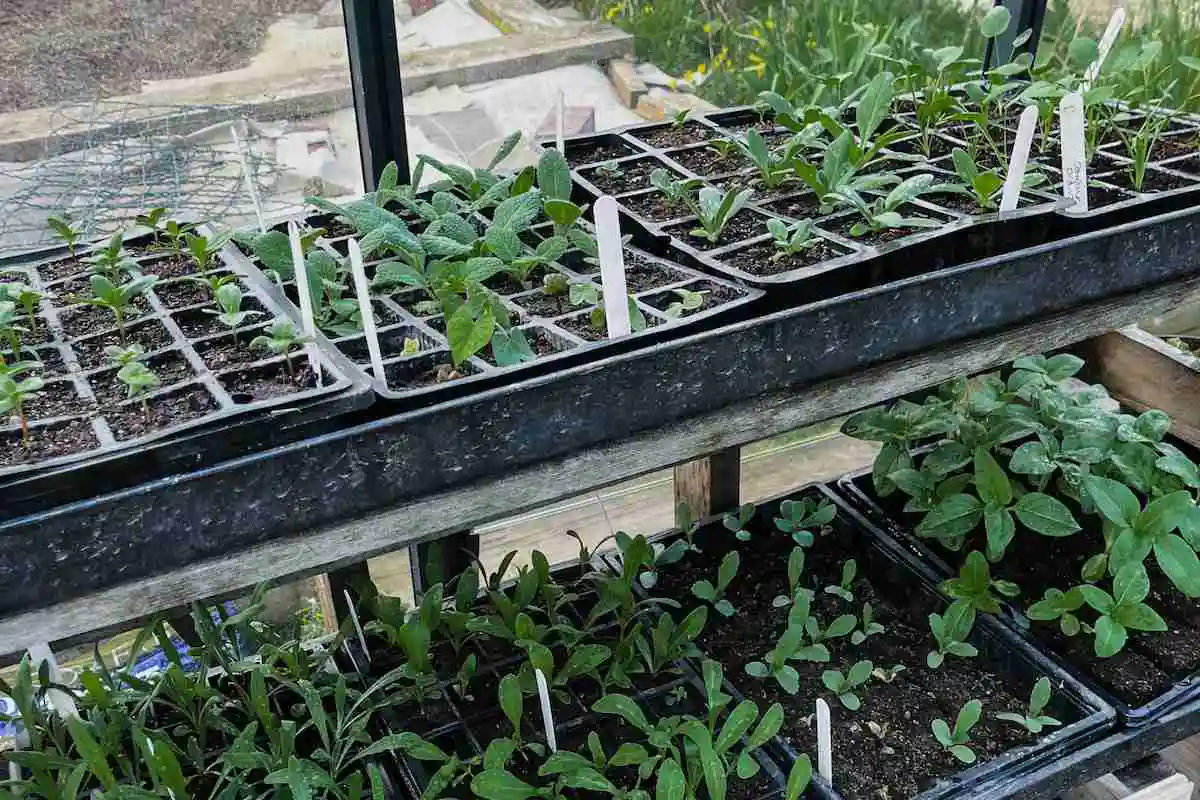
Flower seeds to plant in May
When you’re choosing varieties for succession sowing, it’s important to keep in mind their growing requirements and the time it takes for the seed to go from germination to flower. It’s also a good idea to select varieties that have different flowering periods so that you can have a continuous supply of fresh flowers throughout the growing season.
In May, my succession seed sowing is a continuation of the seeds I’ve been planting earlier in the season. Seeds like marigolds, cosmos, gomphrena, larkspur, malope, nicotiana, strawflowers, nigella, phlox, scabiosa, zinnia, sunflower, ammi majus, cornflower, dill, greek cress, bupleurum, grasses, callistephus chinensis, cerinthe major, and amaranthus all work well for succession planting and they’re on my list.
By planning ahead, you can make sure that your garden is ready for succession sowing and that you have the right plants for the growing conditions in your garden. With the right planning and preparation, you can enjoy a plentiful harvest of fresh flowers all season long.
If you’re just starting out and you want to extend your flower-cutting season to have a steady supply of fresh blooms, consider trying succession sowing. By staggering the planting of your seeds, you can enjoy a longer harvest season, reduce the risk of crop failure, have consistent yields, and have a wider variety of flowers.
With a little bit of planning and preparation, you can have a plentiful harvest of fresh flowers all season long.
If you are ready to buy your seeds I have all of the easy cut flower seeds to grow in my shop. Shop Now

